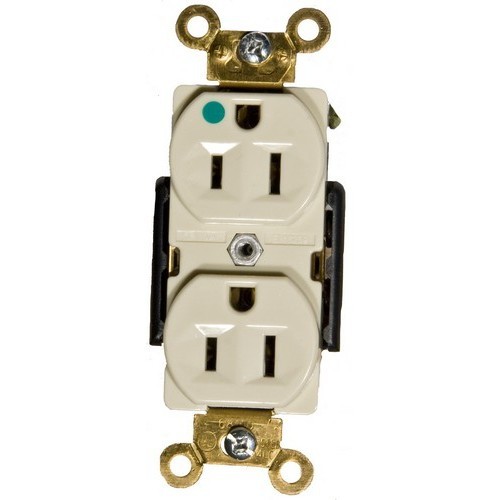It's a horrible system that benefits mostly the insurance companies and the health care providers. If you drive around a typical American city or suburb, you will see construction cranes at many of the hospitals. They're constantly adding on. It's not that more ppl are sick -- it's that they are competing against each other for patients. Everyone has to have a dedicated heart center, a cancer center, a dialysis clinic, a women's health center. One of the reasons we chose to retire to this area was its excellent medical center and stable of physicians and other providers. Guess what? In the 4.5 years since we moved here, they built an ENTIRELY NEW HOSPITAL! The final cost was estimated at ~$1 million per patient bed. The perfectly-fine prior hospital sits there, abandoned.
Who's paying for that? Everyone who pays health insurance premiums, whether private-pay or through their employer.
The US system is a direct result of wage and price controls imposed by the FDR administration on the US economy during WW 2. Employers were limited in the wages they could offer workers and in a market where there was a shortage of workers to begin with, many started offering other benefits in kind in lieu of higher wages. One of these was "free" health care / insurance.
When WW 2 ended, many of these benefits in kind disappeared or were slowly reduced to nothing. But health insurance continued to be one that was offered by many employers. This spread across industry and we ended up where we are.
Interestingly, the one segment of the health care market that hasn't seen outrageous price increases is the one that doesn't rely on health insurance or government payment (like Medicare / Medicaid). That is, cosmetic and related surgery and products. This remains an out-of-pocket market segment and has actually seen prices fall compared to inflation. It makes a strong argument that possibly the best solution to the cost of healthcare is to return to a largely market driven model rather than a government take over.
As for the cost of building a hospital... A good part of that has to do with extant building codes. As a small example: Look around you if you are at home or work (assuming you don't work in a hospital). See those receptacles and switches for electric power? At home the residential grade ones cost about $1 apiece. If you have the "Decor" ones (the paddles) that are popular now those are about $2 each (you are paying for the 'look' and nothing more). Commercial grade receptacles and switches cost about $3 each.
The ones
required in hospitals cost around $7 each. It gets worse. If you see one of these in a hospital
That's an orange isolated ground receptacle
They run about $16 a shot.
If they spec this sort:
You are paying about $14 a shot for that green dot on it.
Hospitals also generally spec epoxy or terrazzo flooring that is ungodly expensive to install per square foot.
One reason they might have built an entirely new hospital is because the old one was built pre-late 80's and would be too expensive to refit to current standards. Much of what I'm saying about hospitals is massive overdesign out of an almost paranoid level of caution for safety and reliability brought on in good part by the plethora of liars... err, lawyers and lawsuits against the medical profession when they make an error.


